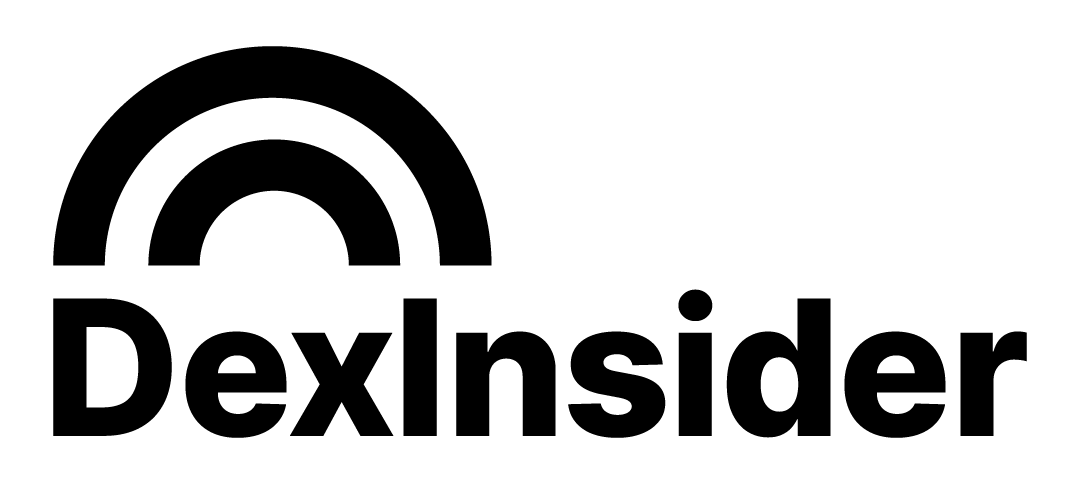5 Reasons Why DAO Projects Stagnate

Decentralized Autonomous Organizations (DAOs) have been around for a while, but they have gained traction only recently, as more and more blockchain-powered projects are looking to go fully decentralized at all levels, which touches upon governance as well.
For those unfamiliar, DAOs are blockchain-powered and community-driven organizations with no hierarchy whatsoever. They propose a mechanism to let individuals come together as a group to collectively make decisions in the digital world. The two main approaches DAOs employ are the rules based on the “if/then” statements directly coded into a blockchain, and the voting shares issued to stakeholders in the form of proprietary governance tokens.
DAOs seem to be a promising new ecosystem for startups, but many of them fail or don’t grow as expected. If you manage a blockchain startup and want to transition it into a DAO to let it flow independently, be aware of these 5 most important factors that may hinder the progress of your project:
#1 Excessive Fully Diluted Valuation (FDV)
If the governance token has a high discrepancy between the FDV figure and the current market cap, stakeholders may not be that interested in holding it in the long term and participating in the governance process.
A token’s FDV refers to its market cap once all the supply has been released. It happens that a large portion of the token supply is locked and released gradually to fund certain players (such as stakers) and incentivize certain processes within the ecosystem. However, an excessive FDV figure that surpasses the current market cap by several times doesn’t bode well given that it points to inflationary pressure in the future, which may discourage those who hold the governance token.
#2 Bad Market Making
Another major factor negatively affecting the growth of a DAO ecosystem is the bad market making related to the governance token. In a nutshell, market makers generate liquidity, which makes the governance token available to potential newcomers.
Focusing on adequate market making can help the DAO project grow its community more rapidly by making the governance token available to buyers.
Some governance tokens may be listed on decentralized exchanges (DEXes), which rely on the so-called Automated Market Maker (AMM) model that doesn’t need a traditional order book to match buyers and sellers. In this case, the DAO project has to make sure its token is present in large enough liquidity pools to ensure sufficient liquidity and avoid price slippage.
#3 Poorly Negotiated CEX Listing
One more factor that has to do with the liquidity of the governance token is the poorly negotiated centralized exchange (CEX) listing. To save funds, some DAO projects choose to list on illiquid CEXes, but this move is not a good strategy, as it will limit the potential growth of the DAO community.
Even when listing on a major exchange, a DAO project has to make sure that it considers the location of the community. For example, if a DAO is aimed at the European community, it would make less sense for it to list its token on Gemini, which is a US-based CEX.
#4 Poor Website Design and Brand Aesthetics
Needless to say, a DAO project must have a distinctive image and voice. Everything from the website design to the Twitter profile has to be at the top-notch level. This will provide the community with a sense of quality and professionalism, which would encourage stakeholders to actively participate in the ecosystem.
A good brand would definitely attract more new members, which will eventually have a positive long-term impact on the price of the governance token, the health of the project, and the confidence of stakeholders.
#5 Bad Metrics
Any DAO project that is serious about staying in the game should care about the key metrics of its token, including the market capitalization, trading volume, and circulating and total supply. Obviously, to improve the metrics, the DAO has to focus on building a community in the first place.
Nevertheless, starting off the right foot with a decent FDV may contribute to better overall metrics, including the current market cap and trading volume.
The Final Note
These are some technical aspects that may hinder the growth of a DAO even when it already has a great product offering and a clear product strategy. Without a dedicated product design department and a solid marketing campaign, a DAO cannot succeed in the long term even if it puts much emphasis on the technical aspects discussed above.
Besides everything, there are external factors that may not be under the control of DAO communities, and regulations are the most relevant example. The DAO concept is new and governments are only starting to integrate these decentralized organizations into their legal frameworks.
Despite the multiple challenges they face, many DAOs thrive and manage to develop strong communities, which represent the most important milestone for any DAO.




